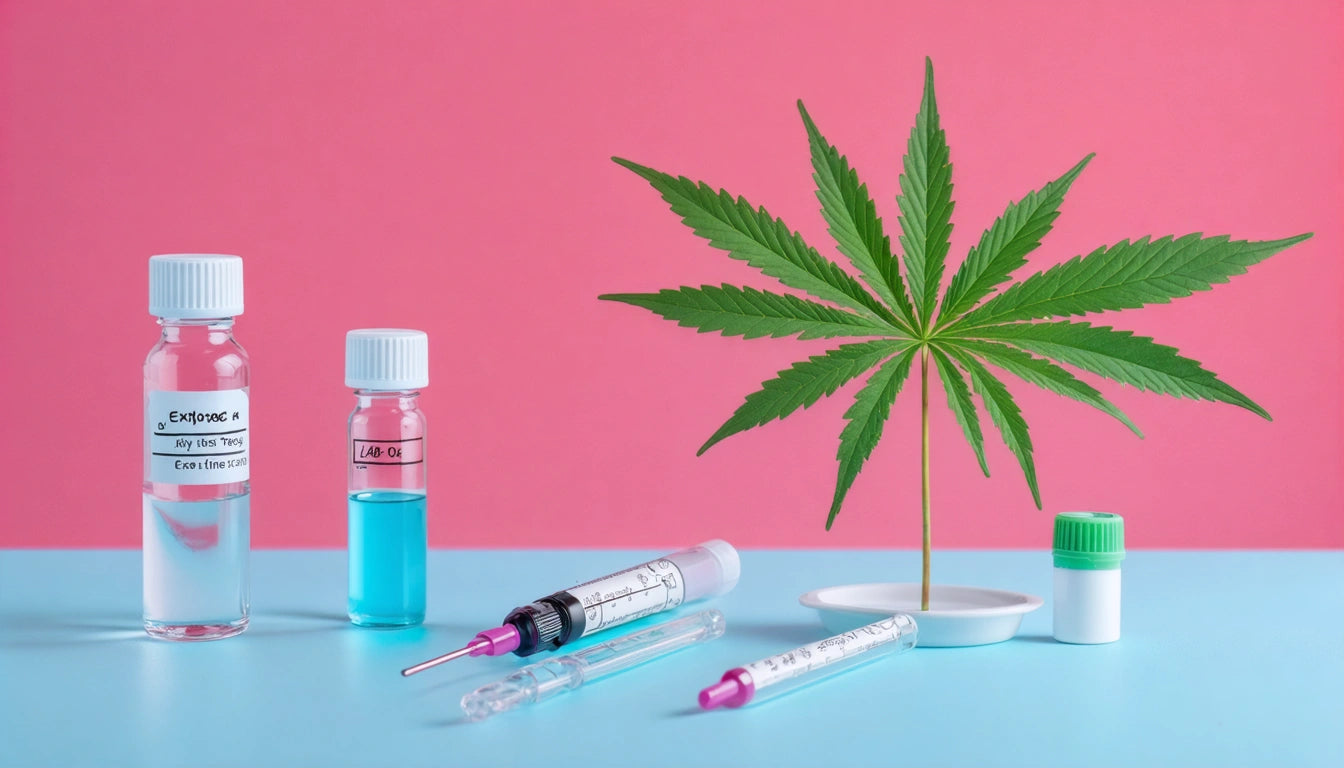Table of Contents
Comprehensive cannabis testing is the foundation of consumer safety and product consistency in the legal cannabis market. As regulations evolve and consumer awareness grows, understanding laboratory testing processes and how to interpret results has become essential knowledge for cannabis businesses and consumers alike.
The Importance of Cannabis Testing in Product Safety
Cannabis testing serves multiple critical functions: verifying potency, ensuring products are free from contaminants, and confirming that products meet regulatory requirements. Accurate potency testing ensures consumers receive products with the advertised cannabinoid levels, while safety testing protects public health.
Safety concerns are particularly important for cannabis products that could potentially be accessed by children. Similar to pharmaceutical products that require specialized child-resistant packaging to prevent accidental ingestion, cannabis products undergo rigorous testing to ensure they're safe when they reach consumers and are properly contained.
Types of Cannabis Laboratory Tests
Potency Testing
Potency testing quantifies cannabinoid content, primarily THC and CBD percentages. This testing is crucial for accurate labeling and dosing guidance. Understanding how to interpret THC, CBD, and terpene percentages helps consumers make informed decisions about product selection.
Contaminant Testing
Contaminant screening identifies potentially harmful substances in cannabis products. This includes:
- Pesticides and growth regulators
- Heavy metals (lead, arsenic, mercury, cadmium)
- Microbial contaminants (mold, yeast, bacteria)
- Residual solvents from extraction processes
The comprehensive approach to contaminant testing for pesticides, mold, and heavy metals helps ensure products are safe for consumption, particularly important for immunocompromised consumers.
Highlight: Full-panel testing is particularly critical for concentrated products like extracts and edibles, where contaminants can become concentrated during processing.
Terpene Analysis
While not always required by regulations, terpene profiling identifies the aromatic compounds that contribute to a strain's flavor, aroma, and potential effects. This information can inform product recommendations based on desired experiences.
Interpreting Cannabis Lab Results
Cannabis products typically come with a Certificate of Analysis (COA), which documents laboratory findings. Understanding what's included in a Certificate of Analysis is essential for both businesses and consumers.
Key components of a COA include:
- Sample identification information
- Testing laboratory credentials
- Cannabinoid profile with percentages
- Pass/fail results for contaminant tests
- Testing methodologies used
- Date of analysis and expiration
Testing Methods and Procedures
Cannabis testing laboratories typically use sophisticated analytical equipment and standardized procedures. Common methodologies include:
- High-Performance Liquid Chromatography (HPLC) for cannabinoid profiling
- Gas Chromatography-Mass Spectrometry (GC-MS) for terpene analysis and residual solvents
- Inductively Coupled Plasma Mass Spectrometry (ICP-MS) for heavy metals
- Polymerase Chain Reaction (PCR) for microbial screening
Testing can be conducted at different stages of production. Understanding the difference between batch testing versus product testing helps producers determine the most efficient approach for their operations.
Regulatory Requirements Across Jurisdictions
Testing requirements vary significantly by location. Each state or province establishes its own lab testing requirements, creating a complex regulatory landscape for multi-state operators.
Some jurisdictions require testing for all potential contaminants, while others focus on specific concerns. Understanding local regulations is essential for compliance and market access.
Third-Party vs. In-House Testing
Most regulatory frameworks require independent, third-party testing to ensure objectivity. The debate between third-party versus in-house testing centers on questions of trust, cost, and efficiency. While in-house testing can provide valuable quality control, third-party verification builds consumer confidence.
What Happens When Products Fail Testing
When cannabis products fail laboratory tests, producers face difficult decisions. Understanding what happens when a product fails a cannabis lab test helps businesses prepare contingency plans.
Options typically include:
- Remediation (when permitted by regulations)
- Reprocessing into different product categories
- Destruction of contaminated material
The financial impact of failed tests underscores the importance of quality control throughout the production process.
Future Innovations in Cannabis Testing Technology
The cannabis testing landscape continues to evolve with technological advancements. Emerging trends include:
- Rapid on-site testing capabilities for producers
- Standardization of testing methodologies across jurisdictions
- Expanded terpene and minor cannabinoid profiling
- Integration of blockchain for test result verification
As the industry matures, full panel testing for edibles and extracts becomes increasingly important due to the concentrated nature of these products and their consumption methods.
The future of cannabis testing will likely see greater emphasis on comprehensive analysis, standardized methodologies, and consumer education about interpreting results. As research advances our understanding of the plant's complex chemistry, testing protocols will continue to evolve to ensure product safety and efficacy.











Leave a comment
All comments are moderated before being published.
This site is protected by hCaptcha and the hCaptcha Privacy Policy and Terms of Service apply.